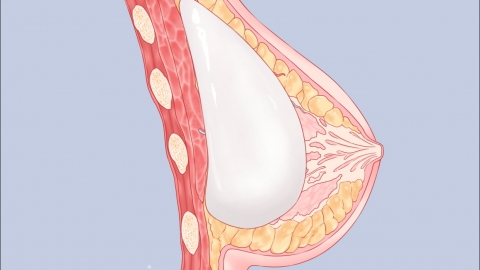What are the complications of breast augmentation?
Breast augmentation is a breast plastic surgery method that involves transplanting and injecting excess fat cells from other parts of the body into the chest area, allowing the fat cells to regrow and integrate with the existing breast tissue, thereby achieving a breast enhancement effect. The general reference price for breast augmentation ranges from 10,000 to 50,000 yuan per session, and visible improvements can usually be observed within 1-3 months. If breast augmentation is improperly performed, possible complications may include breast asymmetry, infection, sensory abnormalities, uneven fat absorption, and calcification. It is recommended to visit a legitimate hospital and undergo the procedure under the guidance of a physician. Detailed analysis is as follows:

1. Breast asymmetry: During the postoperative recovery period, the breasts may appear asymmetrical in size or shape. This is usually related to uneven fat injection and, if severe, may require further surgical correction.
2. Infection: All surgical procedures carry a risk of infection, and autologous fat breast augmentation is no exception. Symptoms such as redness, swelling, pain, and fever after surgery may indicate infection and require prompt treatment.
3. Sensory abnormalities: After surgery, abnormal sensations such as numbness, tingling, or hypersensitivity may occur in the skin around the breasts. These are typically caused by nerve damage or irritation during the procedure and, in most cases, will gradually diminish or disappear over time.
4. Uneven fat absorption: The transplanted fat tissue may be absorbed by the body, and the absorption may be uneven. This can lead to an unsatisfactory breast appearance, such as an uneven or lumpy surface. In such cases, additional surgery may be required for correction.
5. Calcification: Some patients may develop calcification foci after surgery. These calcifications may appear as high-density shadows on imaging examinations and can be mistaken for breast diseases such as breast cancer, thereby increasing the difficulty of diagnosis.
After undergoing breast augmentation, it is important to follow medical advice for postoperative care and avoid massaging the chest area. Adequate rest and avoiding strenuous physical activity are also necessary to facilitate recovery.










